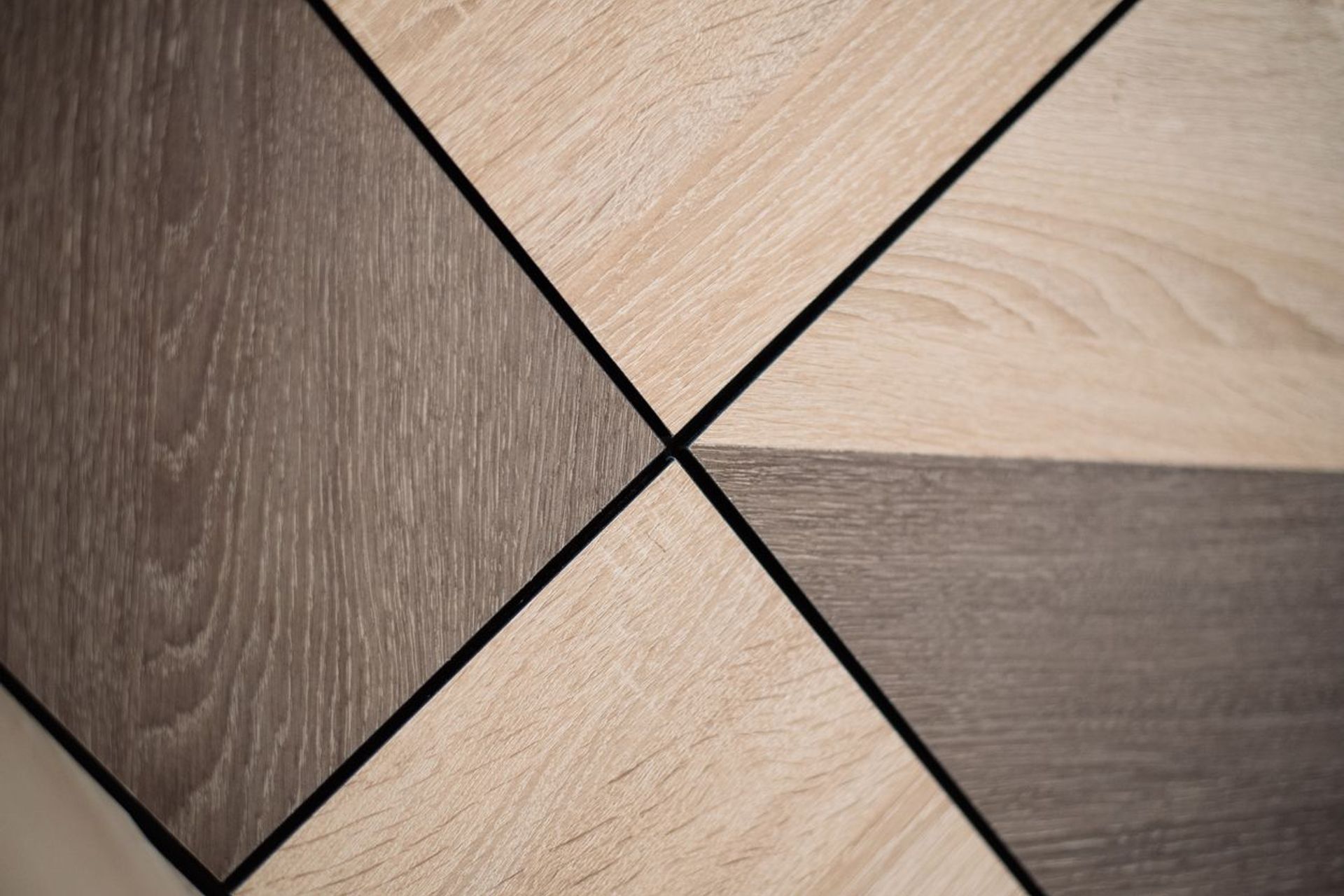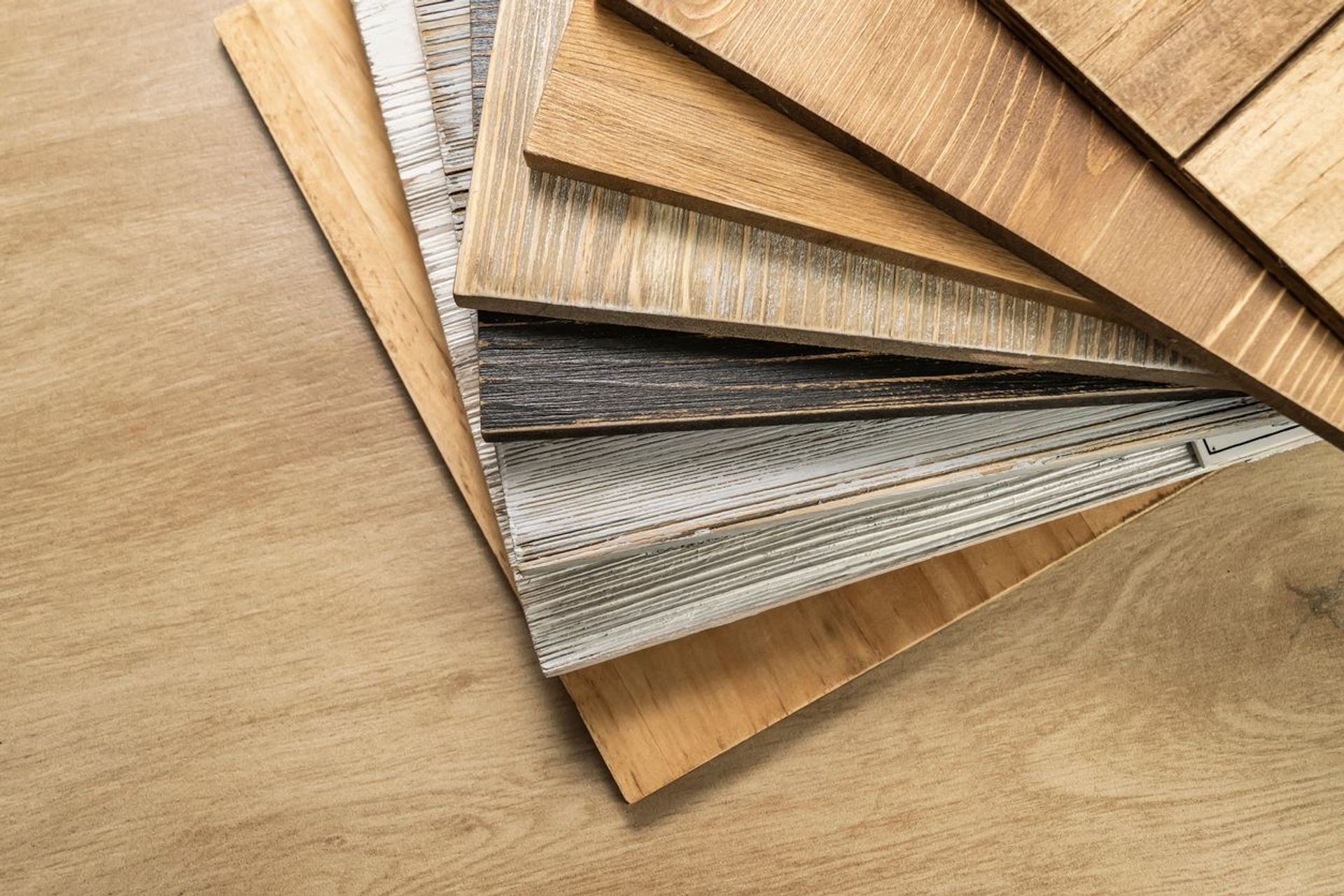Harmonising Timber Tones: Matching Wood Colours for Unified Room Design

Choose a Dominant Wood
The first step in creating a harmonious timber colour palette for your room is to select a dominant wood type. This wood will take center stage and set the tone for the entire space. Whether it's the floor, a piece of furniture, or even the cabinetry, the dominant wood will be the most prominent.
Consider Undertones
Once you've chosen your dominant wood, pay attention to its undertones. Does it have warm undertones, like red or gold, or cooler undertones, like grey or ashy hues? Understanding these undertones will guide your selection of complementary wood
Create Contrast
Contrast is key to adding depth and visual interest to your room. To achieve this, select wood finishes that contrast with the dominant wood. For instance, if your primary wood has warm undertones, consider incorporating cooler-toned secondary woods. This contrast will make the space more dynamic and visually engaging.

Limit the Number of Wood Types
While diversity can be appealing, too many wood types in one space can lead to a chaotic or disjointed look. To maintain a cohesive appearance, aim for two to three different wood finishes. This balance will allow each wood type to contribute to the overall design without overwhelming the room.
Opt for Neutral Elements
Neutral elements, such as wall colors, flooring, and upholstery, can act as a bridge between different wood finishes. These neutral elements provide a backdrop that allows the various wood tones to shine and blend harmoniously.
Embrace Variation
Natural variations in wood tones are part of what makes wood beautiful and authentic. Embrace these variations, and don't strive for a perfect match. Instead, aim for a pleasing blend of complementary colours that give your space character and depth.
Test Samples

Before committing to a wood finish, it's essential to obtain samples or swatches of the woods you plan to use. Place them together in the room to ensure they complement each other and harmonise with the existing decor. This step will help you visualise the final result and make informed decisions.
Use Transitional Pieces
Transitional elements can be a game-changer when harmonising wood tones. Incorporate furniture or decor items that combine or bridge different wood tones. These transitional pieces can tie the room together and create a more unified look.
Balance with Textures and Patterns
Introduce textures and patterns to the room through textiles, rugs, and accessories. These elements can help unify diverse wood finishes by drawing attention away from their differences. They add layers of interest and dimension to your space.
10. Trust Your Eye
Ultimately, your personal sense of aesthetics plays a significant role in achieving a harmonious design. If the combination of wood finishes feels right to you and creates a visually appealing space, you've likely succeeded in matching timber colours.
When harmonising timber colours, the goal is not to achieve a perfectly uniform look but to create a balanced, inviting atmosphere. With experimentation, thoughtful planning, and a keen eye for design, you can achieve a room where different wood finishes come together in perfect harmony, creating a stylish and inviting space.
